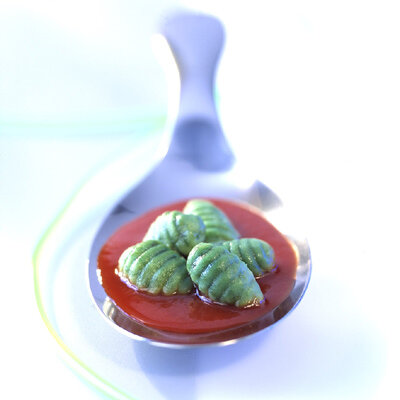Feeding our future – nutrition on Earth and in space
There are of course many technical challenges when planning missions to the Moon and beyond, but there is another important question: what should the astronauts have for dinner?
A new ESA educational video Feeding our Future – Nutrition on Earth and in Space examines food as a vital part of life on Earth and in space. It shows why we need food in the first place and what it represents in our culture and daily living.
Europe has a long and rich culinary history and good food is an important part of European living. ESA is developing food for human space missions with this in mind, considering not only nutrition but also the psychological wellbeing of astronauts.

Weightlessness and living for a long time in a closed environment create additional requirements when planning astronaut nutrition. Food has to be high energy and nutritionally balanced, tasty and visually appealing, and sticky and solid enough to consume in weightlessness, specially packed and easy to store for a long time.
Aside from scientific and technical research, the International Space Station (ISS) is a perfect laboratory for testing food. The ISS crews already eat specially prepared, balanced and tasty food, adapted to their individual tastes. But as missions get longer the nutritional aspects become even more important.
The ultimate goal is to grow food aboard spacecraft and in greenhouses on the Moon or Mars.
Insights to food on Earth and in space

The new video, hosted by ESA life scientist Nicole Sentse, illustrates how our bodies process food as a source of energy and building materials. It looks at the importance of good nutrition for a healthy life and what can happen without it, whether here on Earth or in space.
The programme also looks at research for preserving and growing food for long flights, as well as valuable technology for future food supplies on Earth, where climate change and population growth are global challenges. New techniques developed for space missions can help to feed hungry people on our planet.
- Aimed at upper secondary school level students, aged 16-18
- Translated into 13 ESA Member State languages
- Complete with a Teacher's Guide and a User's Guide
- Duration 35 min
- Includes a bonus video from the ESA OasISS mission





